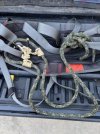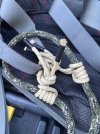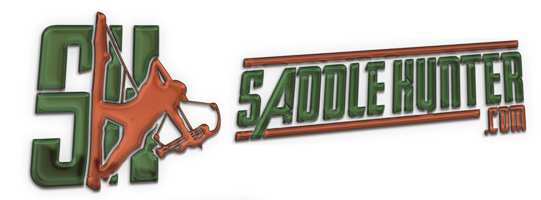I one stick and SRT so a second bridge always comes in handy. This year I’ve been using two fixed length bridges but I wanted a little adjustability sometimes. After watching a lot of videos and learning some of JRBs unique knots I came up with a modified version of his double bridge. I took a 12 foot piece of Samson Predator passed it thru one loop and tied the loose ends on the other loop with a JRB cinch not . I then tied 2 swabisch hitches on each bridge rope and tied them to the second loop with the JRB cinch knot. So far so good. If both swabisch hitches fail my bridge stays in tact and I don’t fall. I’ll keep them both long to throw over my neck walking in to hold my saddle up. Use the short bridge to climb. Once at height I’ll use the longer bridge and connect my tether to my second bridge for redundancy. Seems like a very safe bridge design with built in fail safes.




Last edited:

